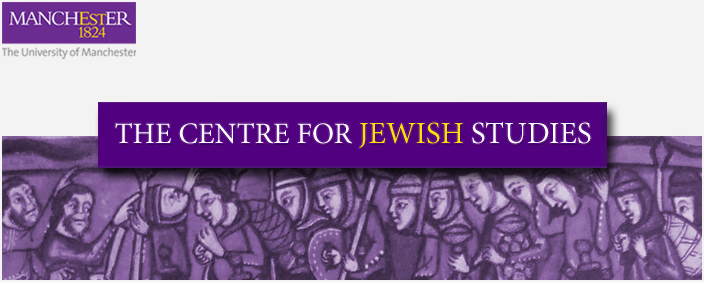Reading the Bible in the Ottoman Empire: A New Chapter in Early Modern Jewish Exegesis
Leverhulme Early Career Fellowship 2014-17
John Rylands Research Institute
Dr. Benjamin Williams

This three-year research project on early modern Jewish Bible interpretation, funded by the Leverhulme Trust and the University of Manchester, is based at the John Rylands Research Institute.
New expositions of the Bible composed in thriving intellectual centres of Sephardic Jewry in the Ottoman Empire dominated the landscape of Jewish exegetical scholarship in the sixteenth-century. The works of Joseph Taitazak, Moses Alsheikh, Samuel di Uceda and many others are the fruit of an exegetical programme unique in its size, its breadth and its authors’ relentless pursuit of original insights into the Hebrew Bible.
For all the popularity of this literature in the sixteenth century, its importance has not been recognised in scholarship of the history of Bible interpretation. Some surveys have passed over Jewish exegesis of the sixteenth- and seventeenth-centuries, even dismissing works of this period as obscurantist (“ghetto interpretation” was Moses Segal’s term), while others have focused exclusively on Christian scholarship of the Hebrew Bible. This study aims to overcome the resulting limitation in our understanding of the reception of the Bible by revealing the importance of early modern Sephardic biblical exposition both as a development of the celebrated medieval biblical scholarship of Spanish Jewry and as a significant genre of Bible interpretation in its own right.
In order to demonstrate how early modern Jewish exegetes expounded Scripture, this project focuses on commentaries on the book of Ruth. The annual reading of this narrative at Shavuot invited the many scholars who expounded it to associate the story with the giving of the Torah on Sinai, to justify why God features so little in a book held to be canonical and to deliberate the recurrent question of whether Ruth might be charged with impropriety for approaching Boaz at the threshing floor. The interpretation of Ruth by early modern Sephardi exegetes is of particular interest because of how the migration of Naomi and Elimelech from their homeland was expounded among those whose own families had been exiled from Spain and Portugal. For example, Samuel ibn Amram, whose comments on Ruth were printed in Venice, compared Elimelech of Bethlehem to a Venetian nobleman who is honoured wherever he goes unlike the provincial dignitary who is only respected in his own small town. Reverting from Hebrew to his native Judaeo-Spanish to describe the Venetian grandee as a ‘gentilhombre’, Ibn Amram explained the standing of Elimelech to a contemporary Spanish-speaking audience and contrasted it to the experience frequently described by his contemporaries: the loss of political or communal prominence on migrating from one’s homeland.
Through analysing early modern Sephardic commentaries on Ruth, this project shows how their authors crafted ancient rabbinic interpretation, medieval philosophical investigation, kabbalistic speculation and their own comparisons of the story of Ruth to that of their communities into original discourses. By providing a detailed consideration of the modes of interpretation employed in such expositions, this project will permit a fuller understanding of early modern biblical scholarship and the reception of the Hebrew Bible.




